F1
| Inaugural season | 1950 |
|---|---|
| Drivers | 24 |
|---|---|
| Teams | 12 |
|---|---|
| Engine suppliers | Cosworth, Ferrari, Mercedes, Renault |
|---|---|
| Tyre suppliers |
Bridgestone (2010)
Pirelli (2011) |
|---|---|
| Drivers' champion | |
|---|---|
| Constructors' champion |
|---|
ENGINE SPECIFICATIONS
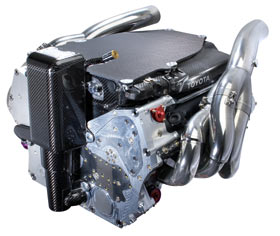 Because of the regulations and engineering optimisations, all curent engines are of a similar type, and feature the following similarities:
Because of the regulations and engineering optimisations, all curent engines are of a similar type, and feature the following similarities:- All F1 engines are naturally aspirated V8's of 2400cc
- Engines are limited to 18,000rpm
- The weight is exactly 95kg (each manufacturer easily reaches this regulated minimum weight)
- Engine blocks are constructed of forged aluminium alloy, because of the weight advantages it gives in comparison to steel. Other materials would maybe give some extra advantages, but to limit costs, the FIA has forbidden all non-ferro materials.
- Crankshaft and piston rods are Iron based for strength.
- At its maximum pace the current V8 engines consume around 60 litres of petrol for 100km of racing.
- It's not exactly known how much oil such a top engine contains, but this oil is for 70% in the engine, while the other 30% is in a dry-sump lubrication system that changes oil within the engine three to four times a minute.
- Before its first track time and after each race, each engine is tested on an engine dyno to validate its performance and identify problems. A videoclip of Renault's RS24 on the dyno can be found here.
The current regulations on Formula One engines can be summarised as follows. These specifications have become more strict during recent years in an attempt to limit costs and decrease performance. You can find an evolution of the most important regulations per era in the safety section. As this is only an exerpt of the most important regulations on engines, you would need to see the official FIA technical regulations before you start to design a Formula One engine yourself.
Specification
Only 4-stroke engines with reciprocating pistons are permitted.
Engine capacity must not exceed 2400 cc.
Crankshaft rotational speed must not exceed 18,000rpm.
Supercharging is forbidden.
All engines must have 8 cylinders arranged in a 90º “V” configuration and the normal section of each cylinder must be circular.
Engines must have two inlet and two exhaust valves per cylinder.
Only reciprocating poppet valves are permitted.
The sealing interface between the moving valve component and the stationary engine component must be circular.
Engine capacity must not exceed 2400 cc.
Crankshaft rotational speed must not exceed 18,000rpm.
Supercharging is forbidden.
All engines must have 8 cylinders arranged in a 90º “V” configuration and the normal section of each cylinder must be circular.
Engines must have two inlet and two exhaust valves per cylinder.
Only reciprocating poppet valves are permitted.
The sealing interface between the moving valve component and the stationary engine component must be circular.
Dimensions, weight and centre of gravity
Cylinder bore diameter may not exceed 98mm.
Cylinder spacing must be fixed at 106.5mm (+/- 0.2mm).
The crankshaft centreline must not be less than 58mm above the reference plane.
The overall weight of the engine must be a minimum of 95kg.
The centre of gravity of the engine may not lie less than 165mm above the reference plane.
The longitudinal and lateral position of the centre of gravity of the engine must fall within a region that is the geometric centre of the engine, +/- 50mm. The geometric centre of the engine in a lateral sense will be considered to lie on the centre of the crankshaft and at the mid point between the centres of the forward and rear most cylinder bores longitudinally.
Variable geometry systems are not permitted
Cylinder spacing must be fixed at 106.5mm (+/- 0.2mm).
The crankshaft centreline must not be less than 58mm above the reference plane.
The overall weight of the engine must be a minimum of 95kg.
The centre of gravity of the engine may not lie less than 165mm above the reference plane.
The longitudinal and lateral position of the centre of gravity of the engine must fall within a region that is the geometric centre of the engine, +/- 50mm. The geometric centre of the engine in a lateral sense will be considered to lie on the centre of the crankshaft and at the mid point between the centres of the forward and rear most cylinder bores longitudinally.
Variable geometry systems are not permitted
Materials
Magnesium based alloys, Metal Matrix Composites (MMC’s) and Intermetallic materials may not be used anywhere in an engine Coatings are free provided the total coating thickness does not exceed 25% of the section thickness of the underlying base material in all axes. In all cases the relevant coating must not exceed 0.8mm.
Pistons must be manufactured from an aluminium alloy which is either Al-Si ; Al-Cu ; Al-Mg or Al-Zn based.
Piston pins, crankshafts and camshafts must be manufactured from an iron based alloy and must be machined from a single piece of material.
A supplementary device temporarily connected to the car may be used to start the engine both on the grid and in the pits.
HISTORY
Formula One, also known as Formula 1 or F1 and referred to officially as the FIA Formula One World Championship, is the highest class of single seater auto racing sanctioned by the Fédération Internationale de l'Automobile (FIA). The "formula" designation in the name refers to a set of rules with which all participants' cars must comply. The F1 season consists of a series of races, known as Grands Prix (in English, Grand Prizes), held on purpose-built circuits and public roads. The results of each race are combined to determine two annual World Championships, one for the drivers and one for the constructors, with racing drivers, constructor teams, track officials, organizers, and circuits required to be holders of valid Super Licenses, the highest class of racing license issued by the FIA.
Formula One cars are considered to be the fastest circuit-racing cars in the world, owing to very high cornering speeds achieved through the generation of large amounts of aerodynamic downforce. Formula One cars race at speeds of up to 360 km/h (220 mph) with engines limited in performance to a maximum of 18,000 revolutions per minute (RPM). The cars are capable of lateral acceleration in excess of 5 g in corners. The performance of the cars is very dependent on electronics – although traction control and other driving aids have been banned since 2008 – and on aerodynamics, suspension and tyres. The formula has had much evolution and change through the history of the sport. Europe, the sport's traditional base, is where about half of each year's races occur. That said, the sport's scope has expanded significantly during recent years and an increasing number of Grands Prix are held on other continents.
Formula One had a total global television audience of 527 million people during the course of the 2010 FIA Formula One World Championship. Such racing began in 1906 and, in the second half of the 20th century, became the most popular kind of racing internationally. The Formula One Group is the legal holder of the commercial rights. With annual spending totalling billions of US dollars, Formula One's economic effect is significant, and its financial and political battles are widely reported. Its high profile and popularity make it a merchandising environment, which results in great investments from sponsors and budgets in the hundreds of millions for the constructors. However, mostly since 2000, due to the always increasing expenditures, several teams, including works teams from car makers and those teams with minimal support from the automotive industry, have become bankrupt or been bought out by companies wanting to establish a team within the sport; these buyouts are also influenced by Formula One limiting the number of participant teams.
HIGH DEFINITION IMAGES -OPEN IMAGE IN A NEW TAB
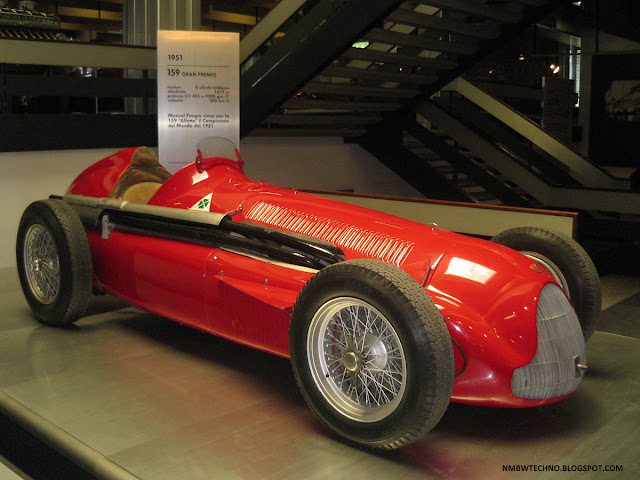 |
| 1951 title-winning Alfa Romeo 159 |
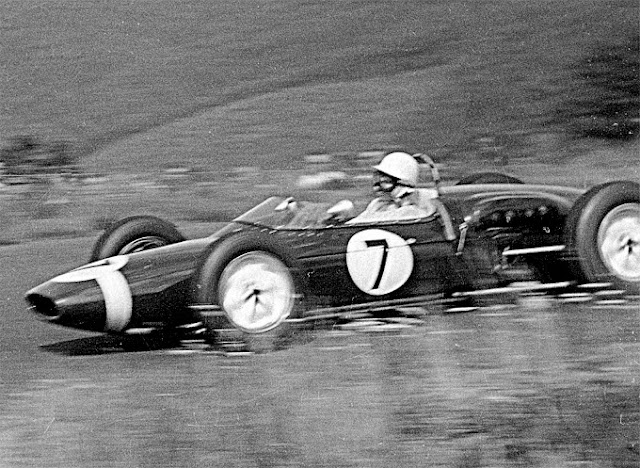 |
| Lotus 18 at the Nürburgring in 1961 |
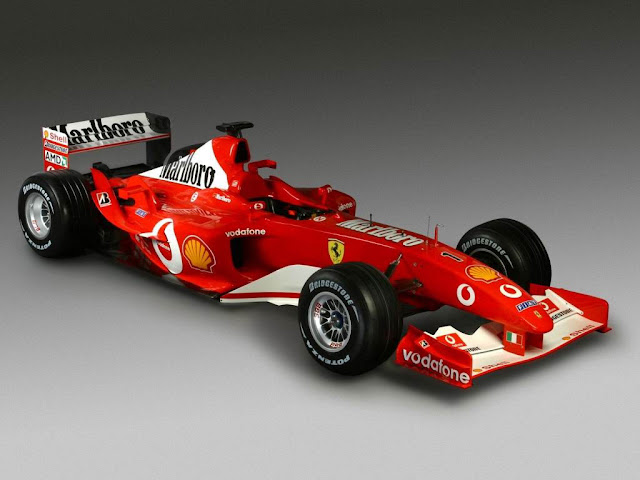 |
| FERRARI FORMULA 1 |
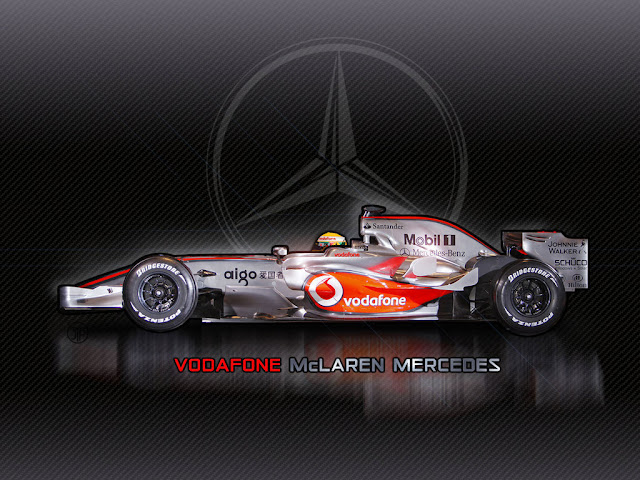 |
| MclAREN MERCEDES FORMULA-1 |
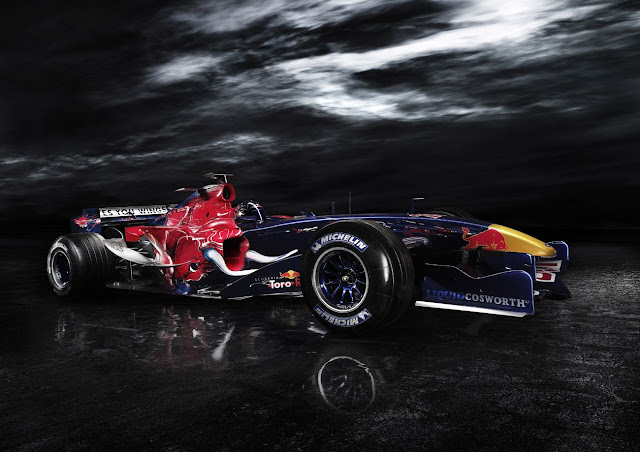 |
| TORO ROSSO FROMULA-1 |
 |
| SAFETY CAR-MERCEDES BENZ IN FORMAULA1 |
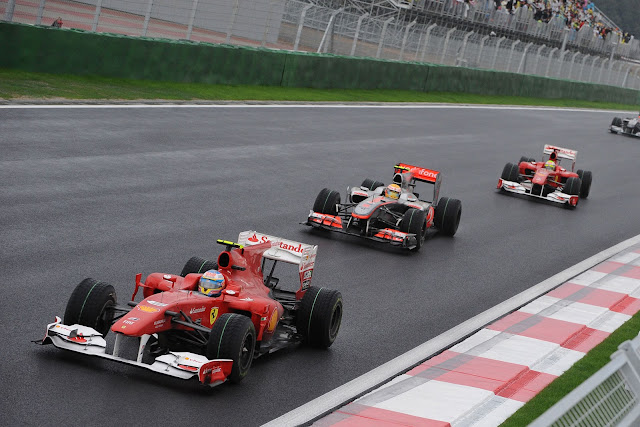

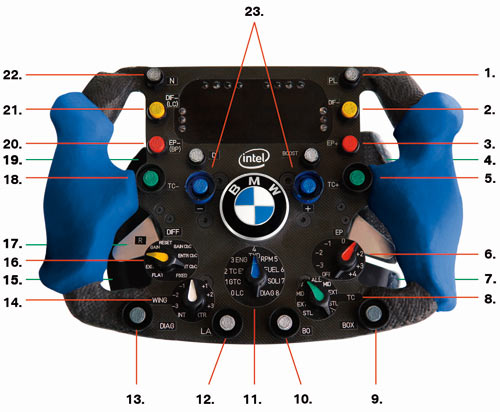
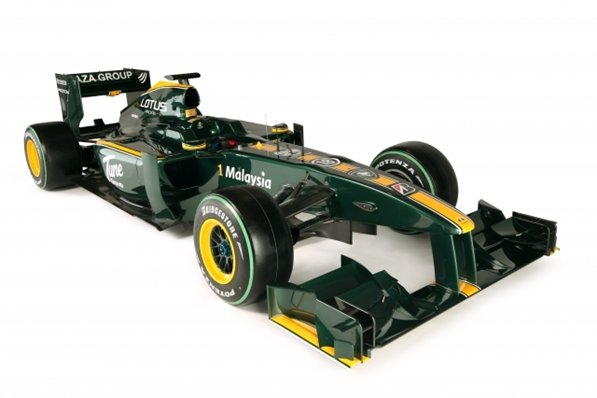

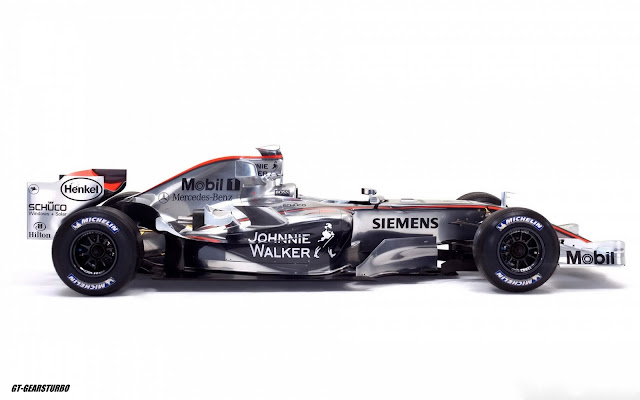

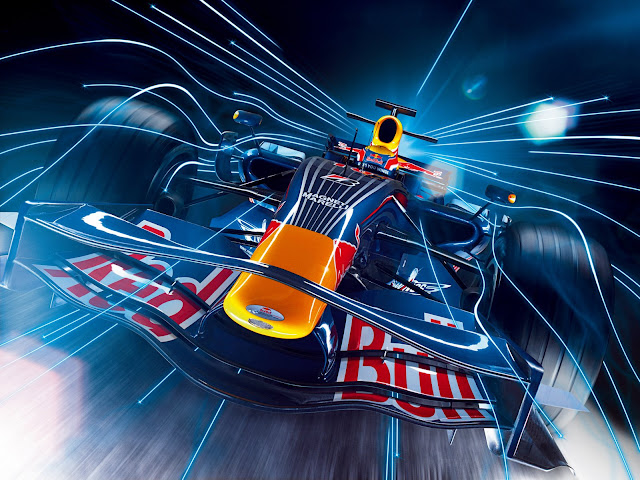
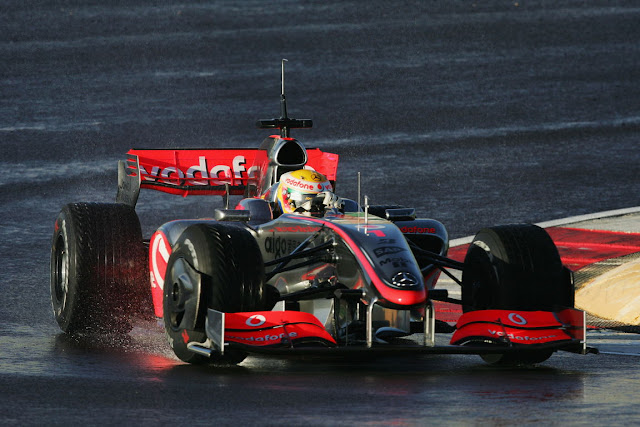
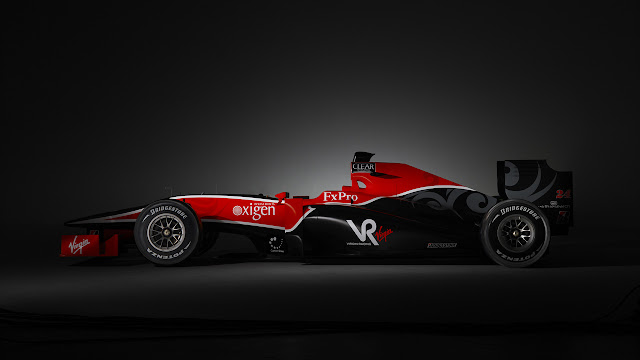


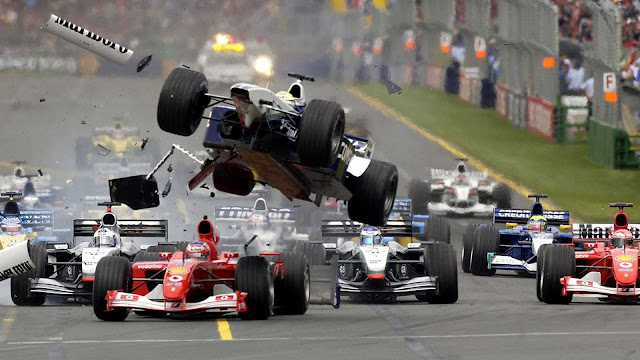
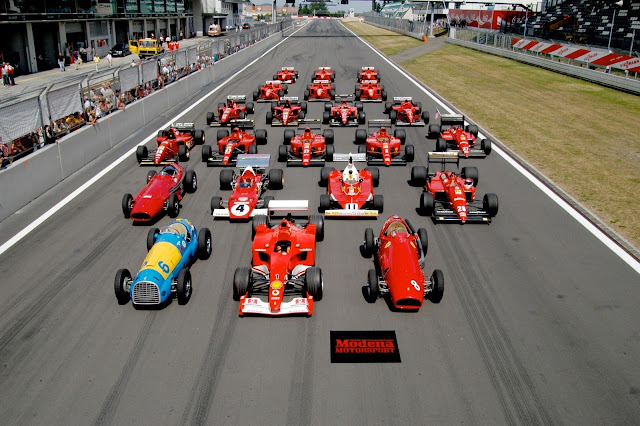
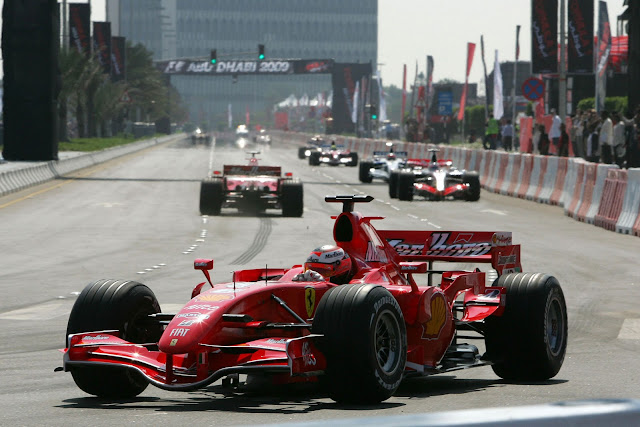

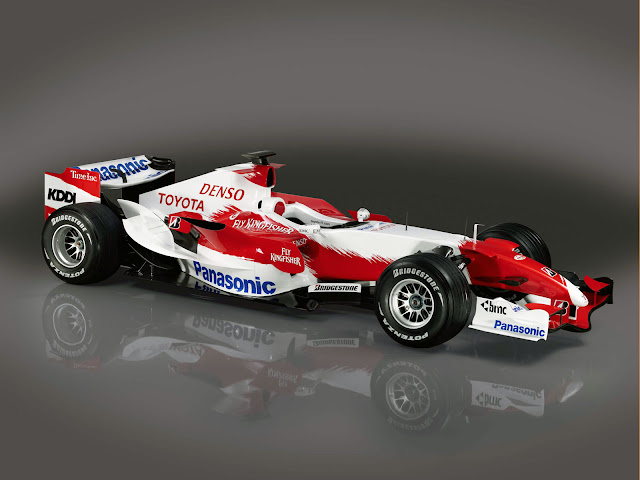


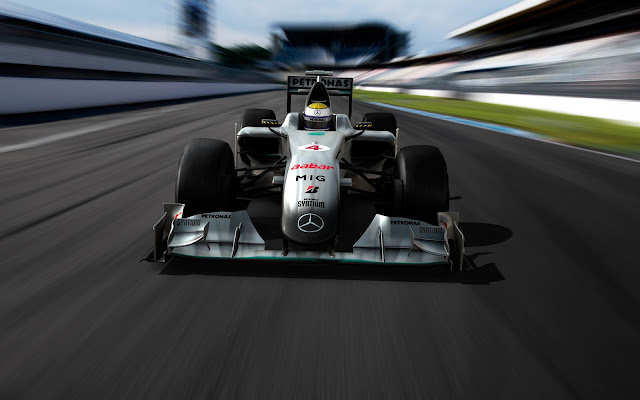
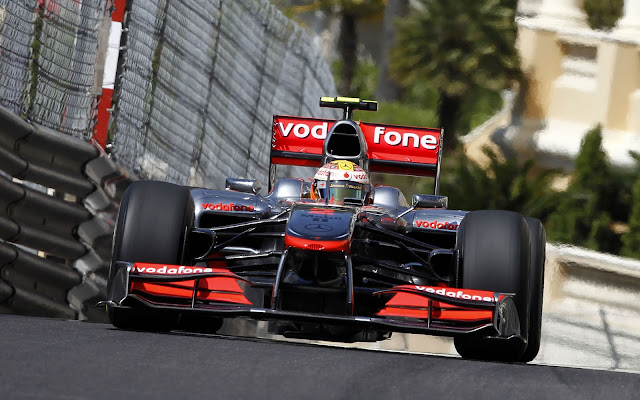
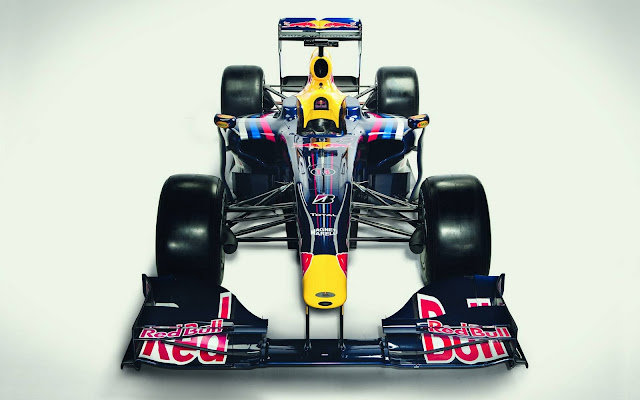

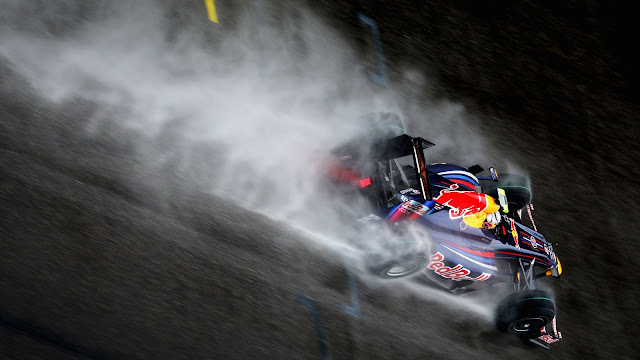
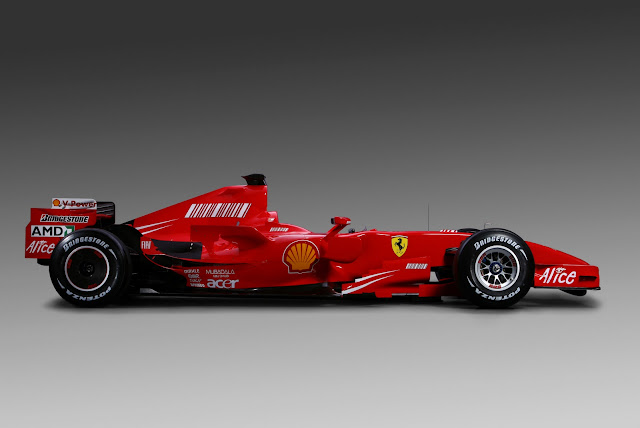
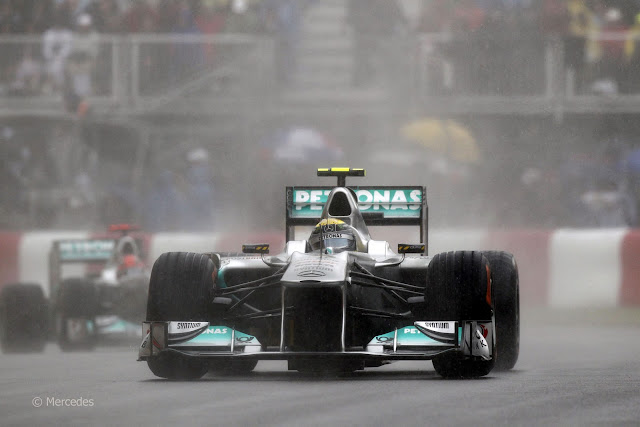
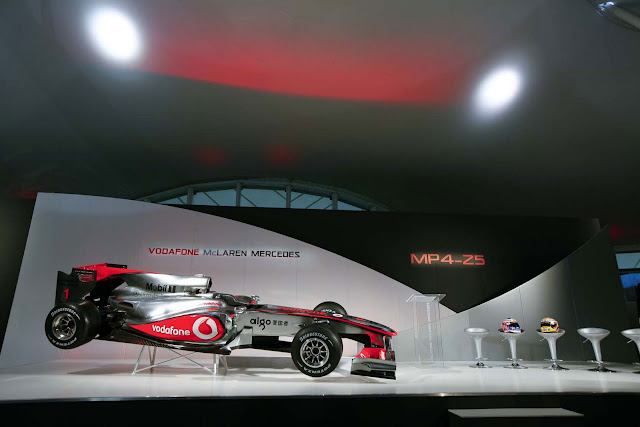
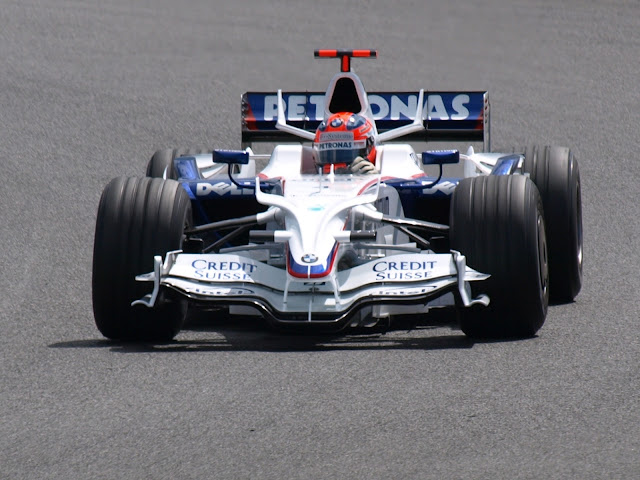
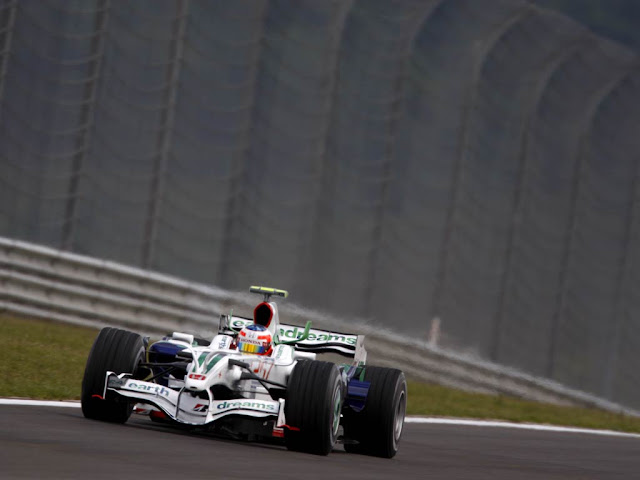
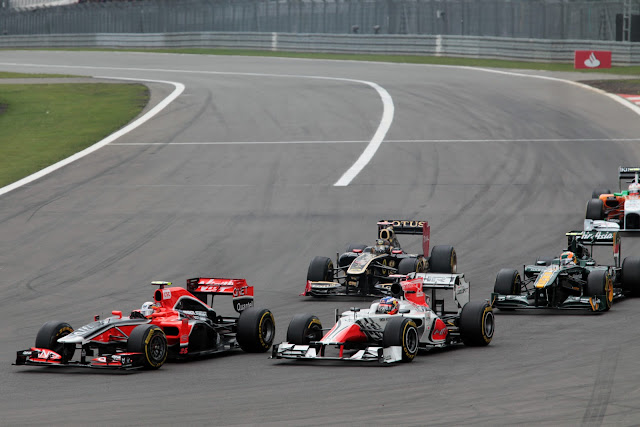
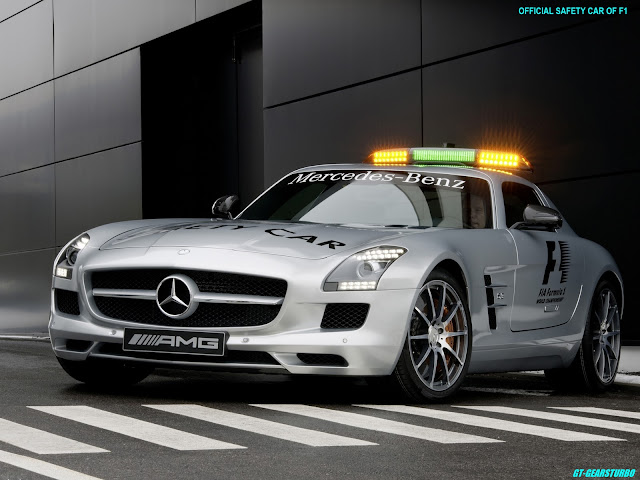
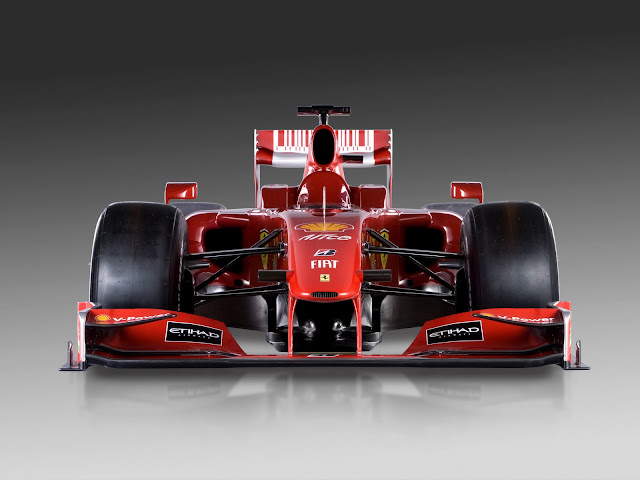
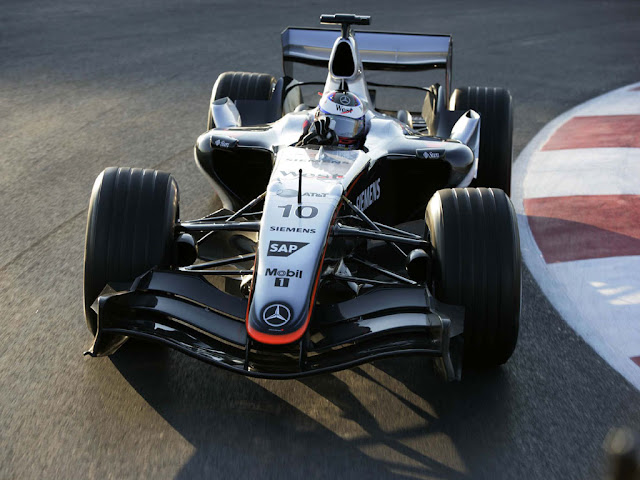
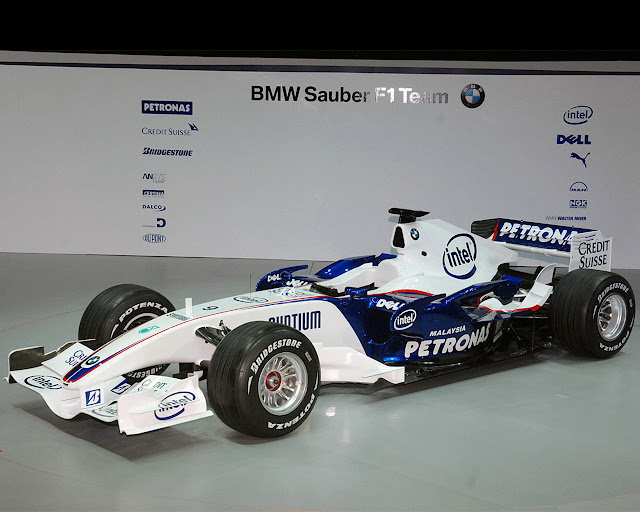
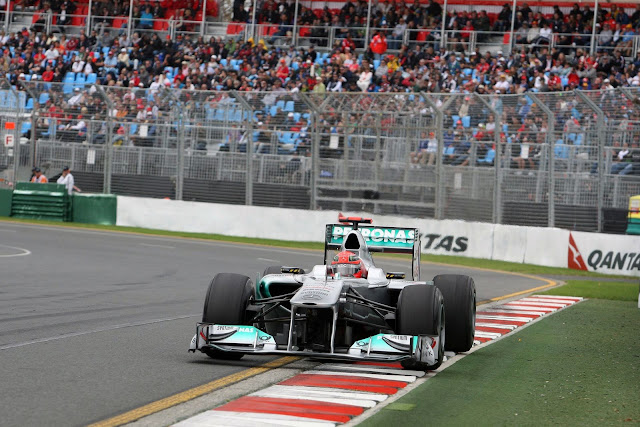

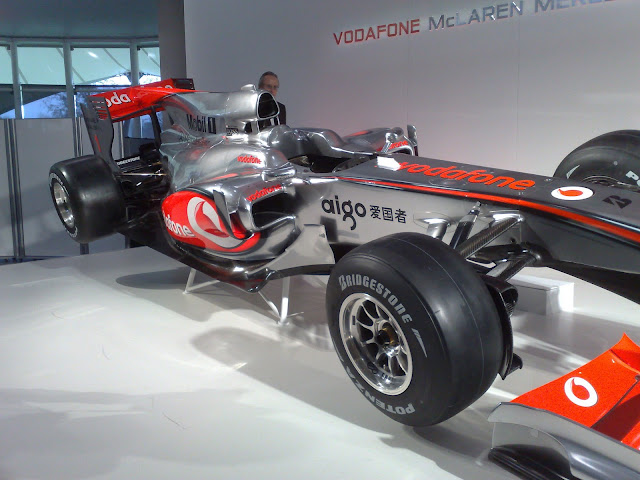
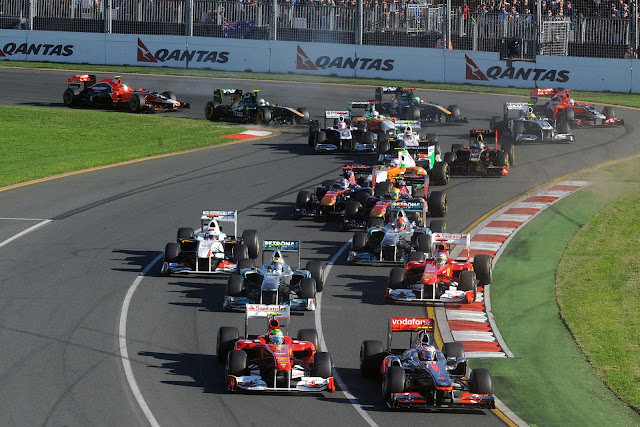
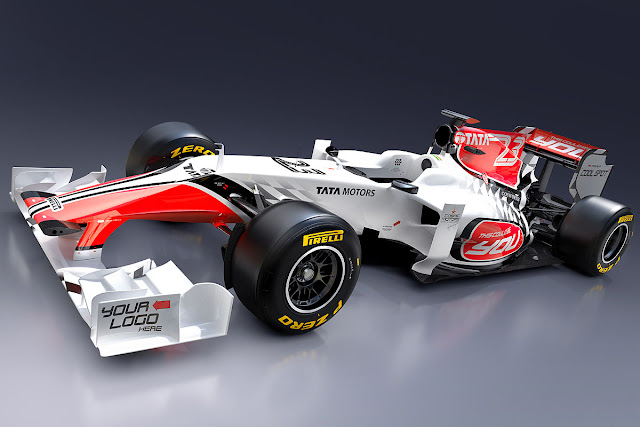
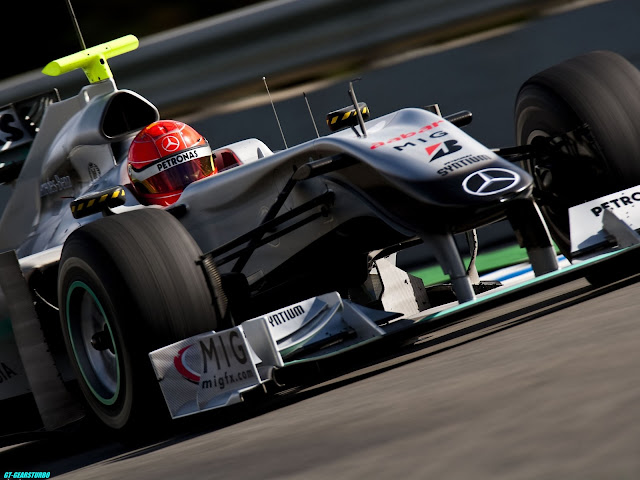
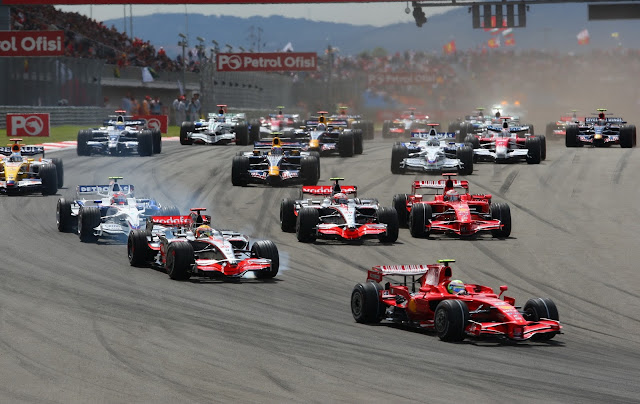
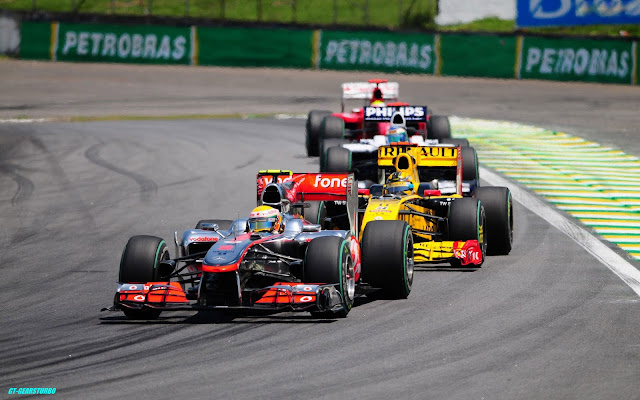

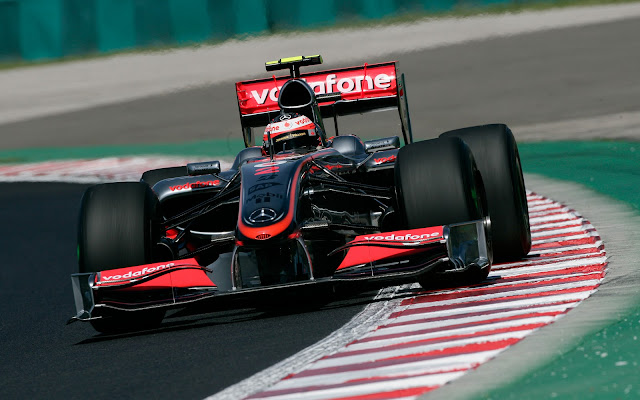
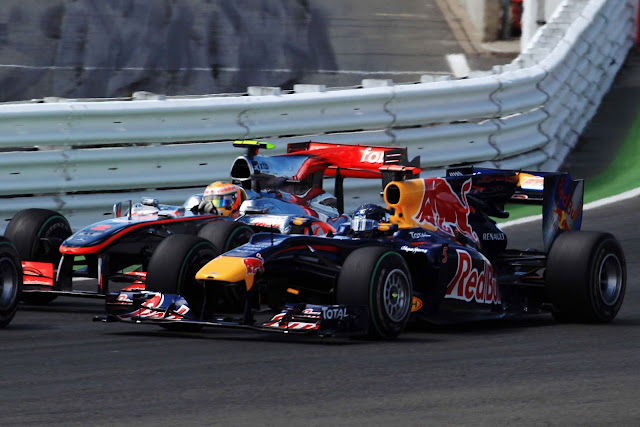
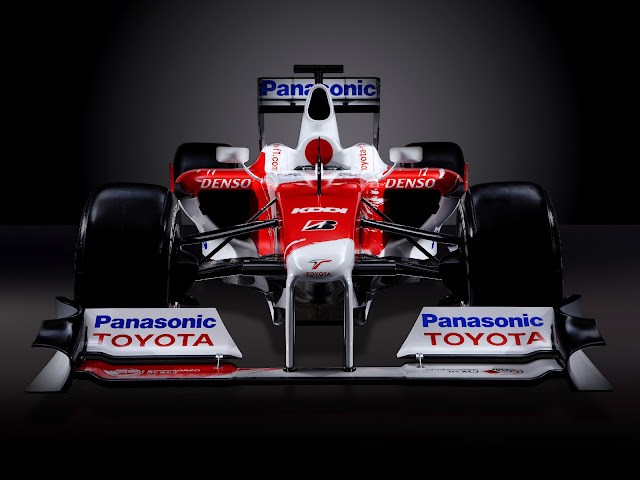

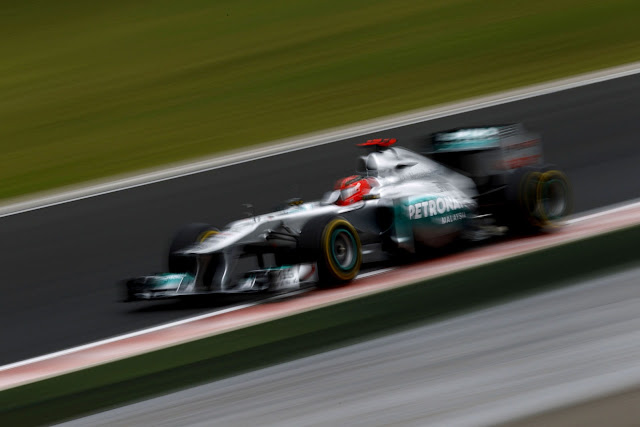
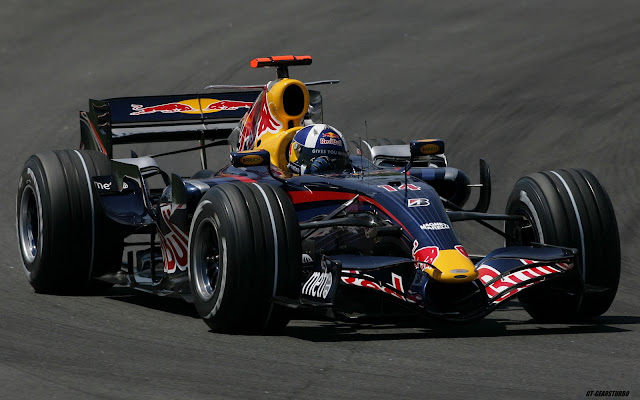
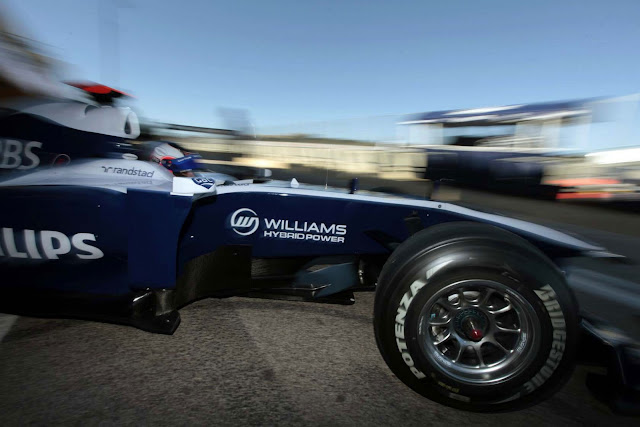
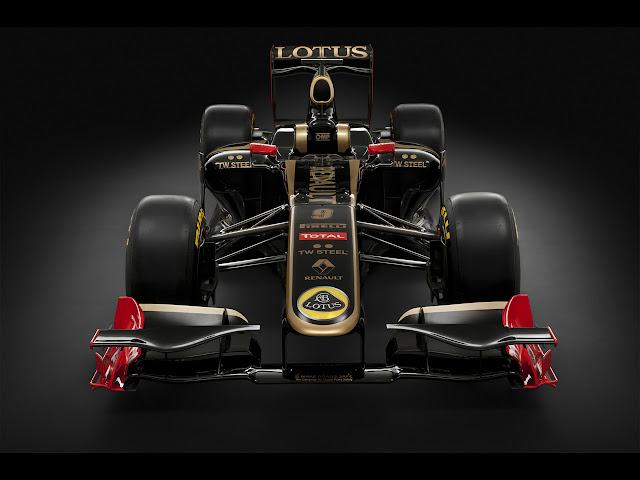
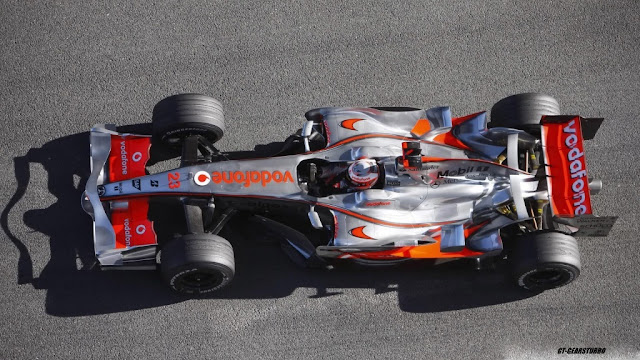
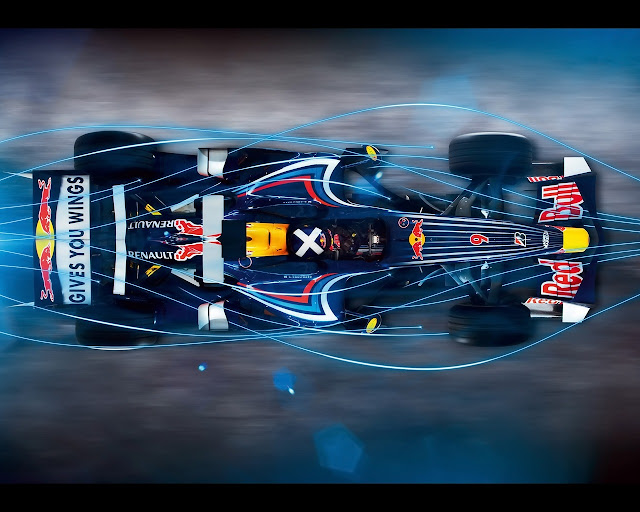
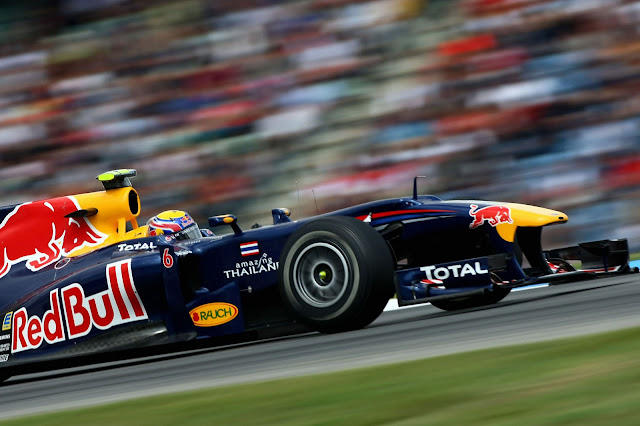

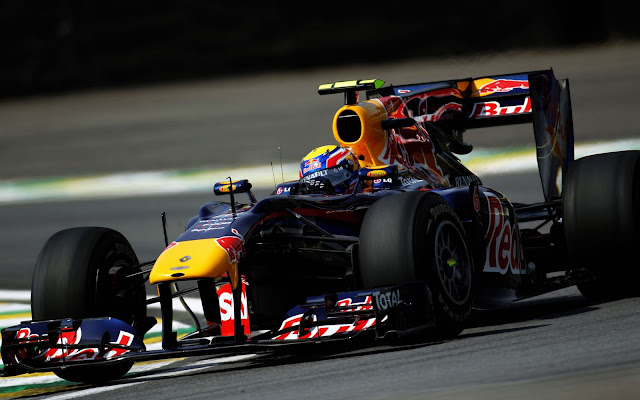
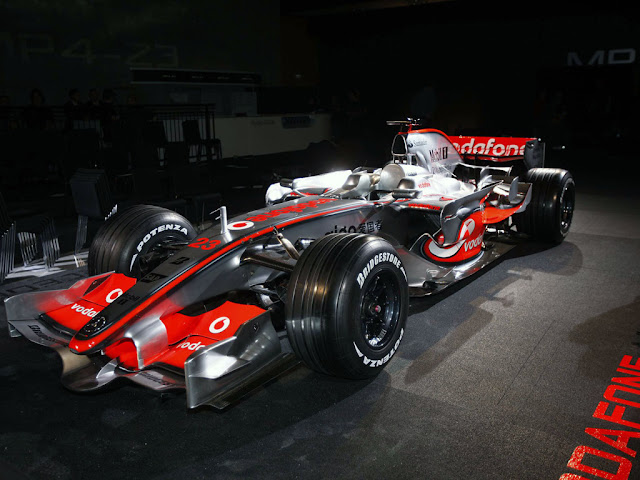
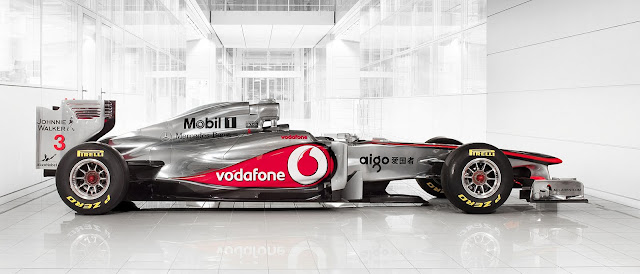
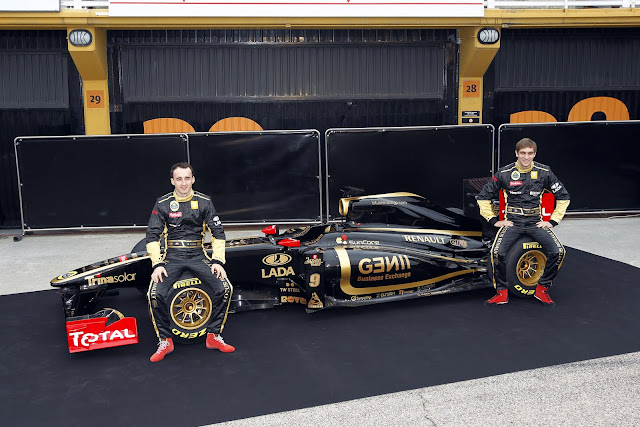
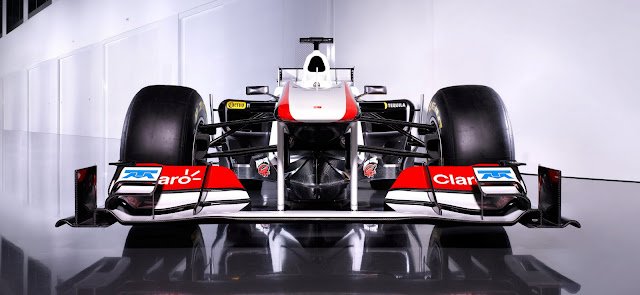
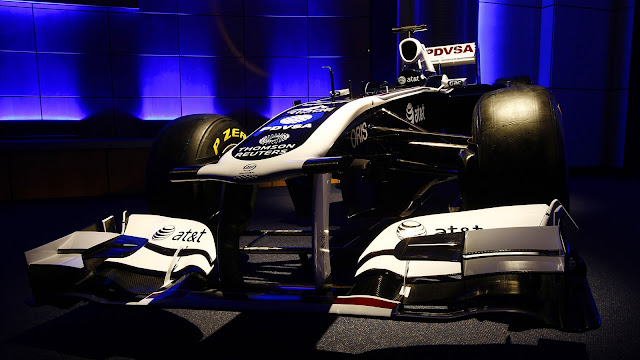



No comments:
Post a Comment